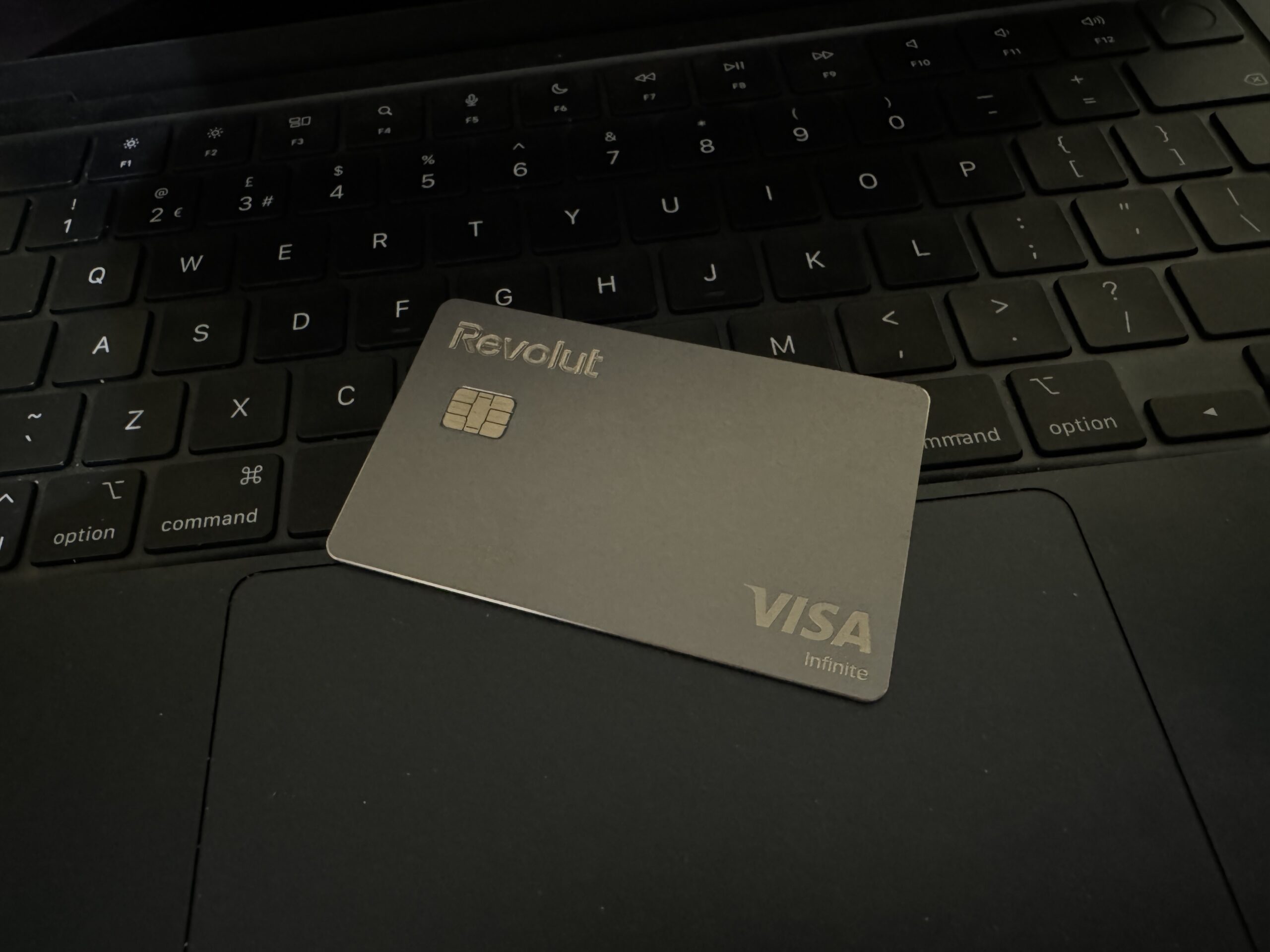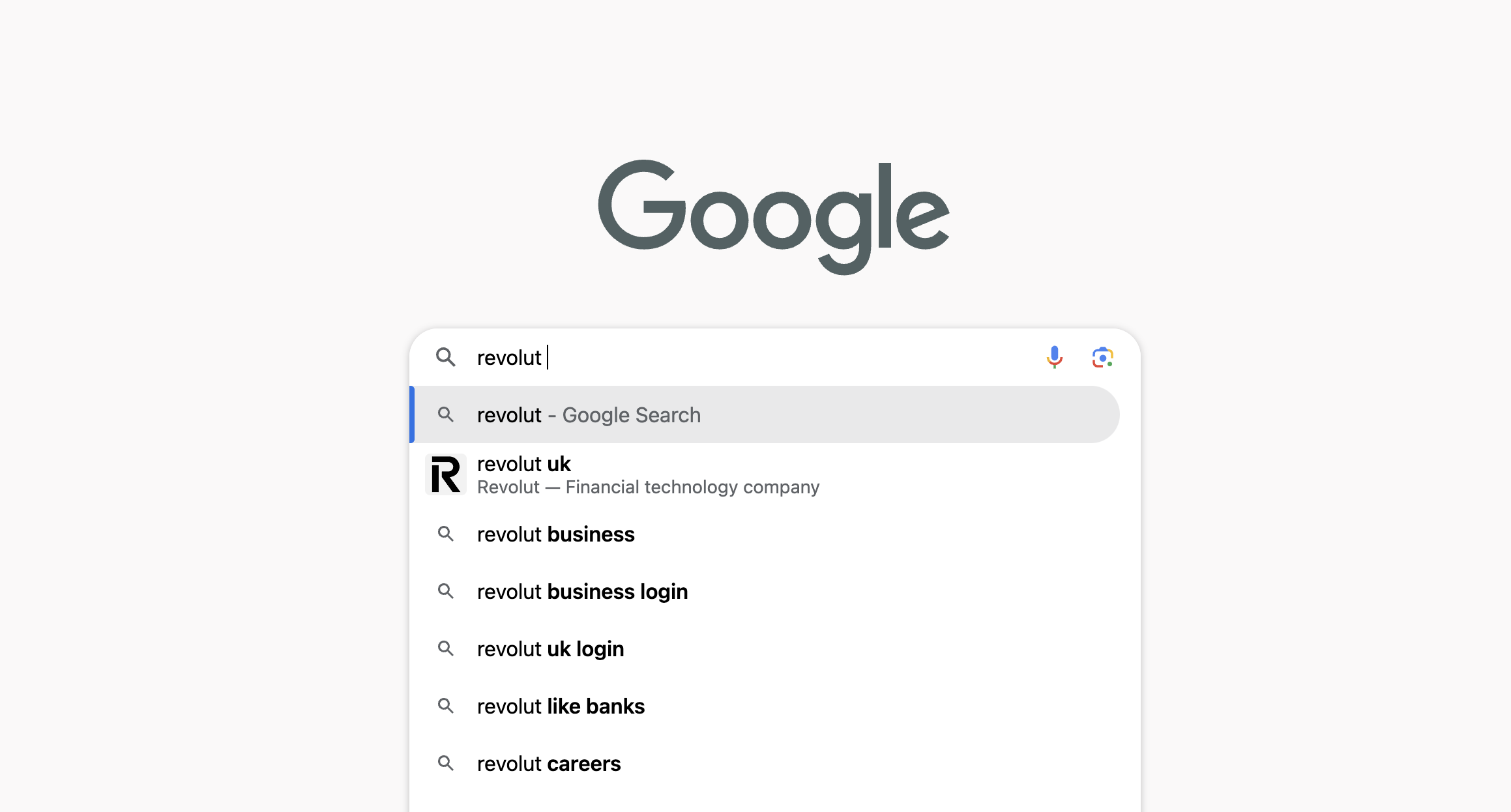With the rapid growth of digital banking, choosing the best mobile banking app in the UK can significantly enhance personal finance management.
Many banks now offer robust apps that simplify tasks like money transfers, spending tracking, and savings management.
The best mobile banking apps offer user-friendly interfaces and advanced features, allowing users to handle their finances with ease and security.
Among the top contenders, apps such as Monzo and Starling stand out for their innovative tools and customer satisfaction.
These platforms provide real-time notifications and budget management features that help users stay on top of their expenses.
As the digital banking landscape continues to evolve, it’s essential to explore how different apps cater to various financial needs.
This comprehensive guide will delve into the most popular mobile banking apps in the UK, comparing functionality, user reviews, and unique offerings.
By the end, readers will have a clear understanding of which app may be the best fit for their banking needs.
Overview of the UK Mobile Banking Landscape
The UK mobile banking landscape has undergone significant transformation in recent years, driven by technological advancements and shifting consumer expectations.
Digital banking has emerged at the forefront, reshaping how individuals engage with financial services.
Understanding the dynamics between traditional banks, challenger banks, and the influence of open banking can offer vital insights into this evolving sector.
Rise of Digital Banking
Digital banking has revolutionised how consumers manage their finances.
Many individuals now opt for the convenience of mobile banking apps, leading to a dramatic increase in their adoption.
Statistics reveal that 85% of young adults aged 18 to 24 utilise mobile banking services, contributing to its growing prevalence.
Banks offering mobile applications provide services such as instant transactions, account management, and budgeting tools.
This trend aligns with the shift towards a more digital-first approach in financial services and reflects changing consumer habits and preferences.
Challenger Banks Versus Traditional Banks
Challenger banks have disrupted the traditional banking sector by offering user-friendly mobile applications and streamlined services.
Unlike traditional banks, which may have complex processes and fees, challenger banks such as Monzo, Starling, and Revolut focus on transparency and customer satisfaction.
These digital-only banks often boast lower fees and better features geared towards tech-savvy consumers.
For instance, many challenger banks provide no-fee international transactions and innovative savings tools.
This competitive landscape has pushed traditional banks to enhance their digital offerings to retain customers.
Open Banking and Market Competition
Open banking has emerged as a crucial element in fostering competition within the UK mobile banking landscape.
Through secure application programming interfaces (APIs), banks are now required to share customer information with third-party providers, enabling a plethora of new financial services.
This initiative encourages innovation and allows consumers to compare services more easily, increasing their bargaining power.
As a result, a more competitive market can lead to better products, lower fees, and enhanced user experience, benefitting consumers in the long run.
Key Features of Top Mobile Banking Apps
Mobile banking apps have transformed how users manage their finances. They offer various features that simplify tasks like budgeting, saving, and making payments, while ensuring robust security.
Budgeting Tools and Spending Insights
Many mobile banking apps provide budgeting tools that help users track their expenses effectively.
These features enable users to set budget limits for different categories, such as groceries and entertainment.
Users receive real-time updates when nearing their limits, promoting better financial habits.
Spending insights allow users to visualise their spending patterns through graphs and charts.
This capability helps identify unnecessary expenses, making it easier to adjust spending behaviours.
Some apps may even suggest personalised tips based on spending history to help users save more effectively.
Savings Accounts and Financial Tools
Top mobile banking apps often include features for managing savings accounts alongside daily banking.
Users can create different savings goals within the app, such as saving for a holiday or an emergency fund. This focused approach encourages disciplined saving.
Additionally, these apps may offer tools like automatic savings, where a set amount is transferred to savings accounts regularly.
Some platforms may partner with financial institutions to offer competitive interest rates, allowing users to maximise their savings potential effortlessly.
Payments and Direct Debits
Mobile banking apps streamline the payment process, allowing users to make instant transfers and pay bills directly from their devices.
Sending money to friends or family can be completed in just a few taps, enhancing convenience.
Direct debits can also be set up easily within these apps.
Users can automate regular payments like utility bills, ensuring they never miss a payment date.
This automation provides peace of mind and aids in maintaining a good credit score by preventing missed payments.
Security and Login Methods
Security is a paramount concern for users when managing their finances online.
Leading mobile banking apps employ advanced security features to protect user data.
Options such as biometric login, which includes fingerprint and facial recognition, offer quick and secure access to accounts.
Additionally, these apps often include features like transaction alerts and two-factor authentication, enhancing security further.
Regular updates and encryption methods ensure that users’ financial information remains safe from potential threats.
This commitment to security helps build user trust in the app.
Comparative Analysis of Leading UK Mobile Banks
The UK mobile banking landscape features a mix of innovative challengers and established traditional banks. This analysis highlights the strengths and features of key players like Starling, Monzo, and Revolut, alongside their traditional counterparts.
Starling Bank and Monzo
Starling Bank and Monzo lead the digital banking revolution in the UK, offering user-friendly interfaces and comprehensive services.
Starling provides a range of features, including no foreign transaction fees, integrated banking tools, and competitive interest rates on savings.
Monzo is particularly popular for its budgeting features, which help users manage their finances effectively.
Both banks are fully licensed, ensuring security and reliability.
Their apps are designed for seamless transactions, whether withdrawing cash or making payments abroad.
Customer satisfaction is generally high, with both banks receiving excellent ratings for service and usability.
Revolut and Other Digital Entrants
Revolut stands out for its multi-currency accounts and cryptocurrency options.
It offers a unique model, focusing on low-cost international transfers and versatile spending options across different currencies.
The app provides features like budgeting tools and instant spending notifications, appealing to frequent travellers.
Other emerging digital banks also contribute to this competitive environment.
For instance, banks such as Atom and Kroo offer niche services like high-interest savings accounts.
Each new entrant aims to provide distinct value propositions, whether through minimal fees or enhanced technology.
This competition drives innovation in mobile banking, benefiting customers with diverse options.
Traditional Banks in the Digital Space
Traditional banks like Barclays, HSBC, Lloyds, and NatWest have entered the digital banking arena, adapting their services for mobile users.
Many have developed apps that integrate traditional banking features with modern convenience.
HSBC’s mobile banking app allows users to manage accounts, make transfers, and access a range of financial products. NatWest promotes budgeting tools and spending insights, which enhance customer experience.
While traditional banks may not match the flexibility of digital challengers, they provide stability and established trust.
Customers often appreciate the broader range of services, from mortgages to personal loans, offered by these institutions alongside their mobile banking capabilities.
Customer Support and Satisfaction
For users of mobile banking apps, effective customer support is crucial for a seamless experience. This section evaluates access to customer service and how complaints are handled, providing insight into customer satisfaction levels.
Access to Customer Service
Access to customer service can vary widely between mobile banking apps.
Many banks offer multiple channels for customers to seek assistance, including in-app chat, email, and telephone support.
For example, Monzo provides 24/7 in-app chat support, allowing users to get help at any time.
In contrast, Starling Bank also features a robust help centre with articles and FAQs, enhancing user autonomy in finding solutions.
Some apps participate in the Financial Services Compensation Scheme (FSCS), providing added peace of mind.
Users can rest assured knowing their deposits are protected up to £85,000, which reflects the bank’s commitment to customer welfare.
Handling Complaints and Resolution
How banks handle complaints is indicative of their customer service calibre.
Effective resolution processes are essential for maintaining user trust.
Banks like Starling have established procedures for lodging complaints, with clear timelines for resolution.
They ensure users can track the status of their issues through their app.
Furthermore, Atom Bank has received positive feedback for its responsiveness, resolving most queries within 24 hours.
Transparency in complaints handling can significantly influence customer satisfaction.
Users appreciate accessible information on complaint procedures and the option to escalate issues if necessary.
Additional Considerations for Choosing a Bank App
When selecting a mobile banking app, users should consider various factors that cater to their financial needs. Account types, innovative services, and regulatory assurances play crucial roles in determining the most suitable banking app for an individual’s circumstances.
Account Types and Offers
Different banking apps offer a range of account types, including personal, business, and joint accounts.
For instance, many apps feature specific options for small businesses, providing tools for expense tracking and invoicing.
Interest rates on savings accounts can vary significantly.
Some apps, like Kroo Bank, offer competitive rates such as 4.35% AER on current account balances.
Additional features, like cashback rewards on spending, can enhance the value of an account, appealing to users seeking to maximise their financial benefits.
When choosing an app, the diversity of account types and associated offers should align with the user’s financial goals.
Innovative Banking Services
Banking apps increasingly incorporate innovative features to enhance user experience.
Services such as in-app budgeting tools help users manage their finances effectively.
Apps like Monzo and Plum utilise smart algorithms to analyse spending habits and encourage savings.
This technology can create tailored savings pots, allowing users to set aside money for specific goals.
Furthermore, instant payment notifications keep users informed about all transactions.
These features contribute to a more engaging and interactive banking experience, helping users maintain control over their finances.
Regulation and Consumer Protection
Regulatory compliance is essential when choosing a mobile banking app.
Most reputable apps in the UK are regulated by the Financial Conduct Authority (FCA). This ensures they adhere to strict guidelines aimed at protecting consumers.
Users should verify whether their chosen app provides protection for their funds. Typically, these protections include insurance schemes that cover deposits up to a certain limit.
Understanding the regulatory landscape can help users feel more secure in their banking choices.
A well-regulated app not only ensures compliance with consumer protection laws but also fosters trust between the bank and its clients.


